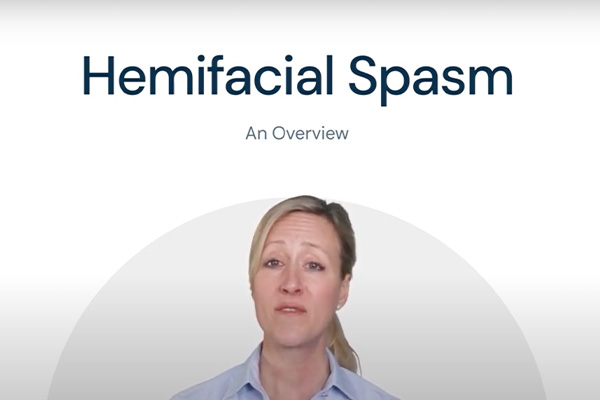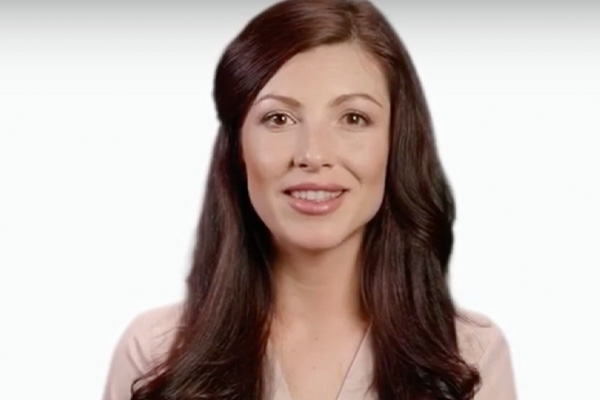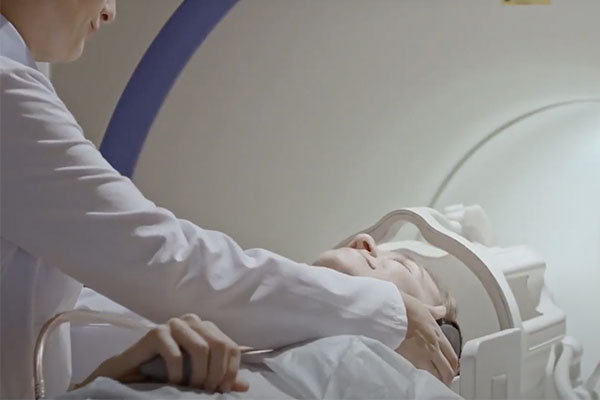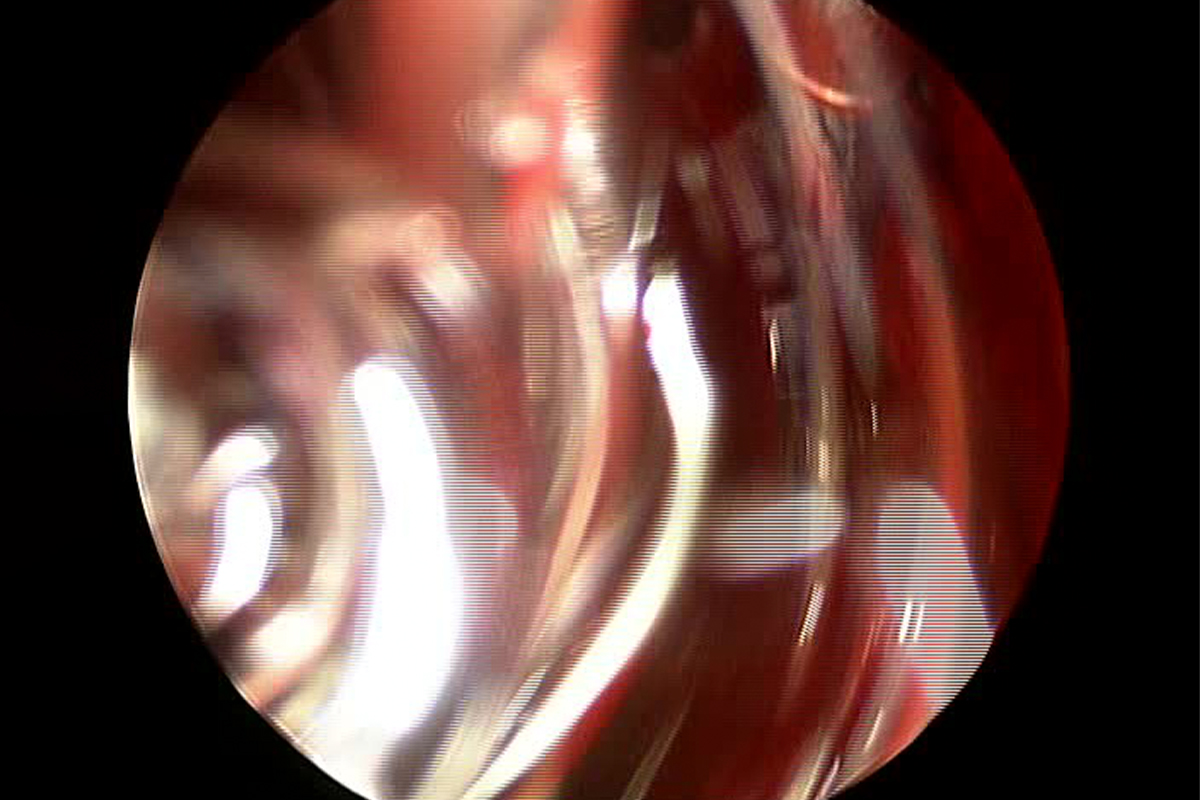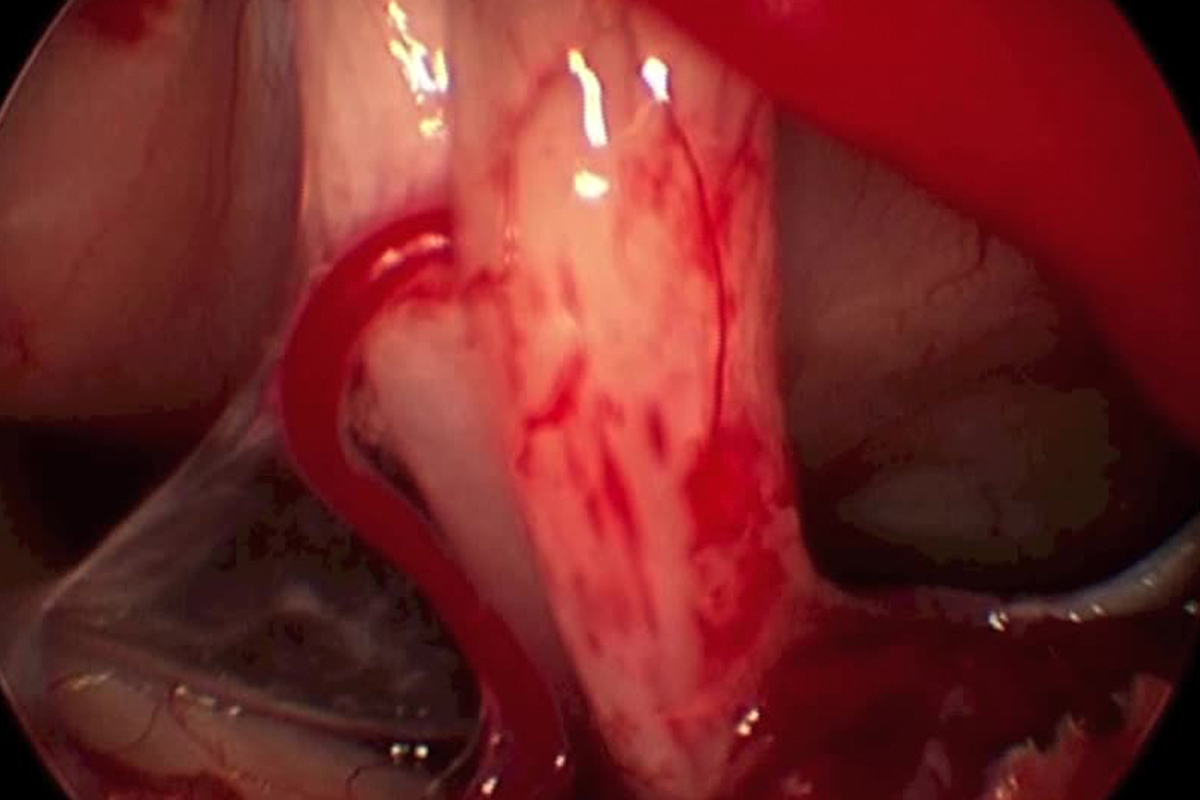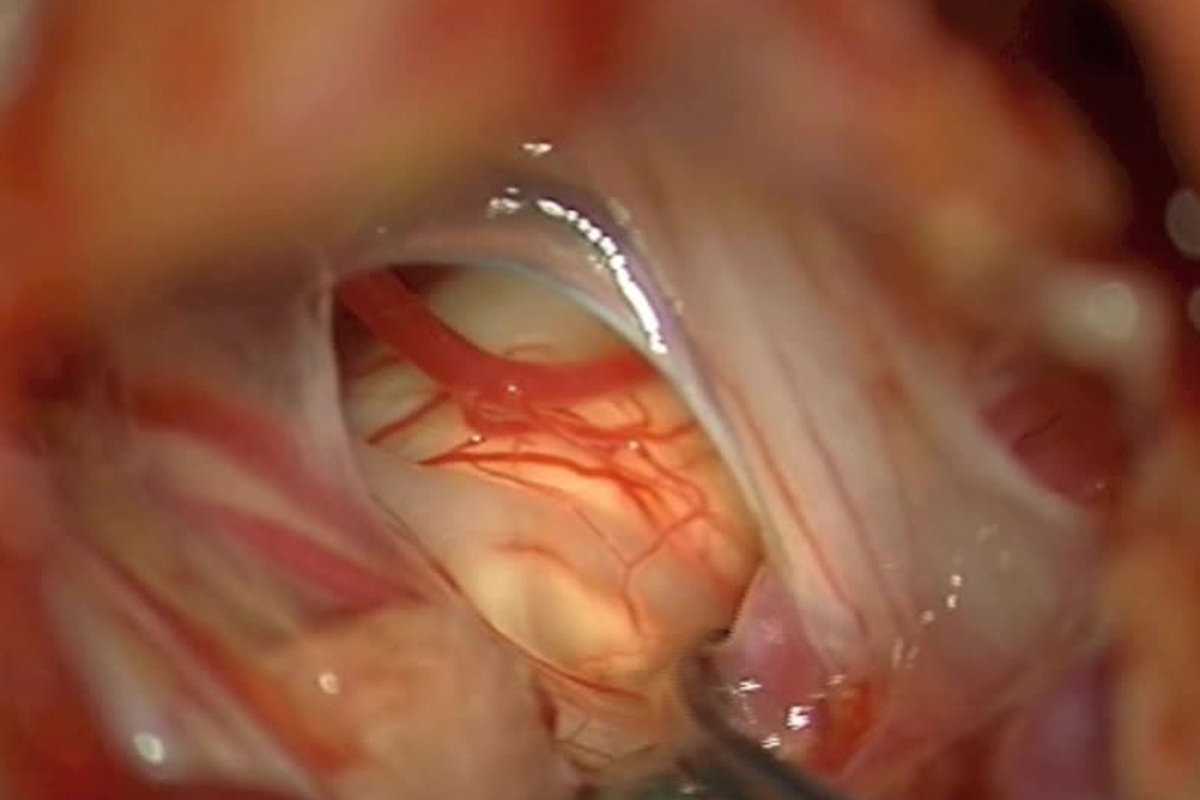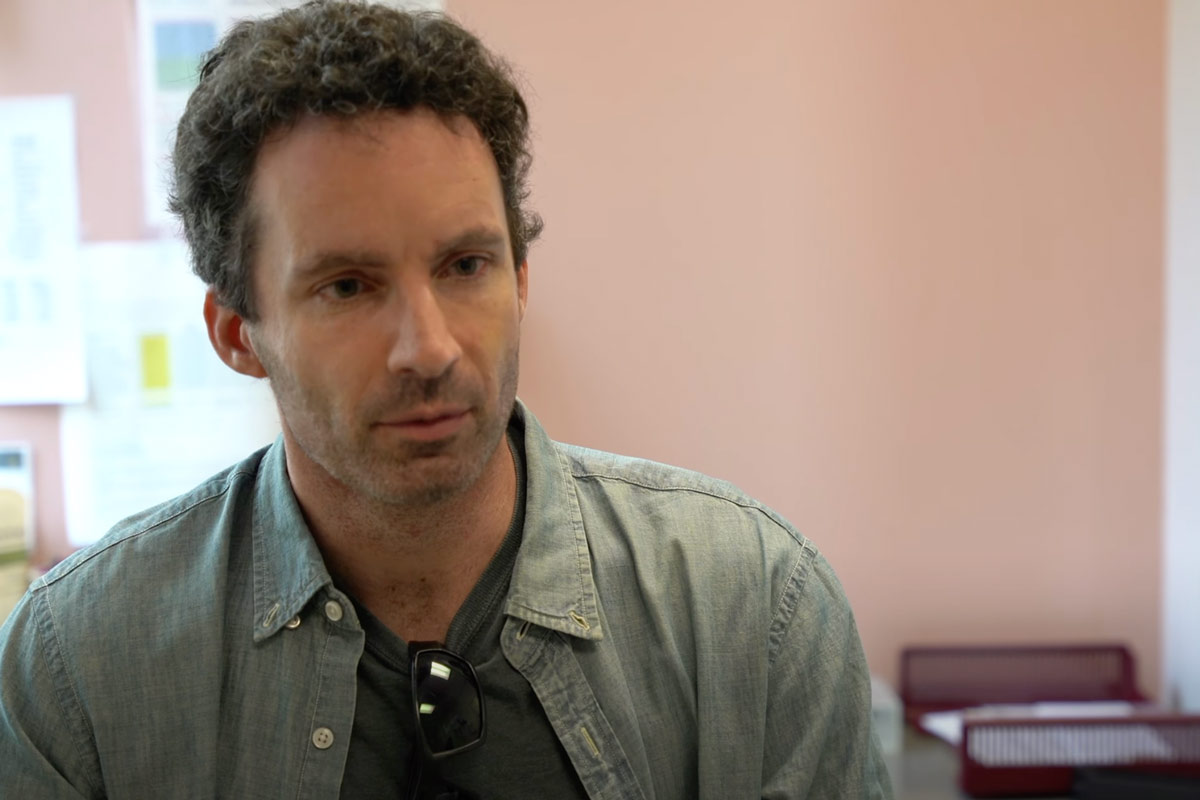
As the House Institute Foundation kicks off the celebration of its 75th year, we captured the story of acoustic neuroma patient David Campfield.
Read More
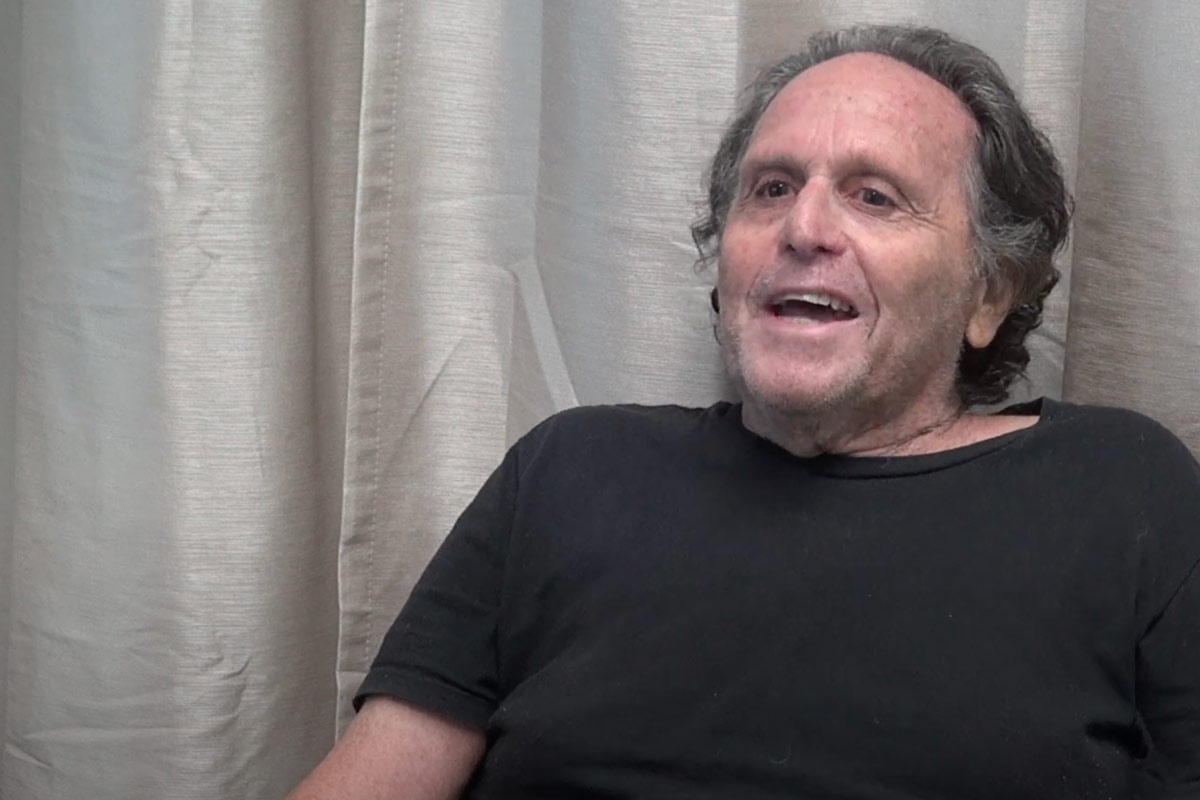
House Clinic patient Steven Karz shares his story on losing and regaining his hearing when dealing with an acoustic neuroma. His treatment involved surgery from Dr. Slattery and Dr. Lekovic.
Read More
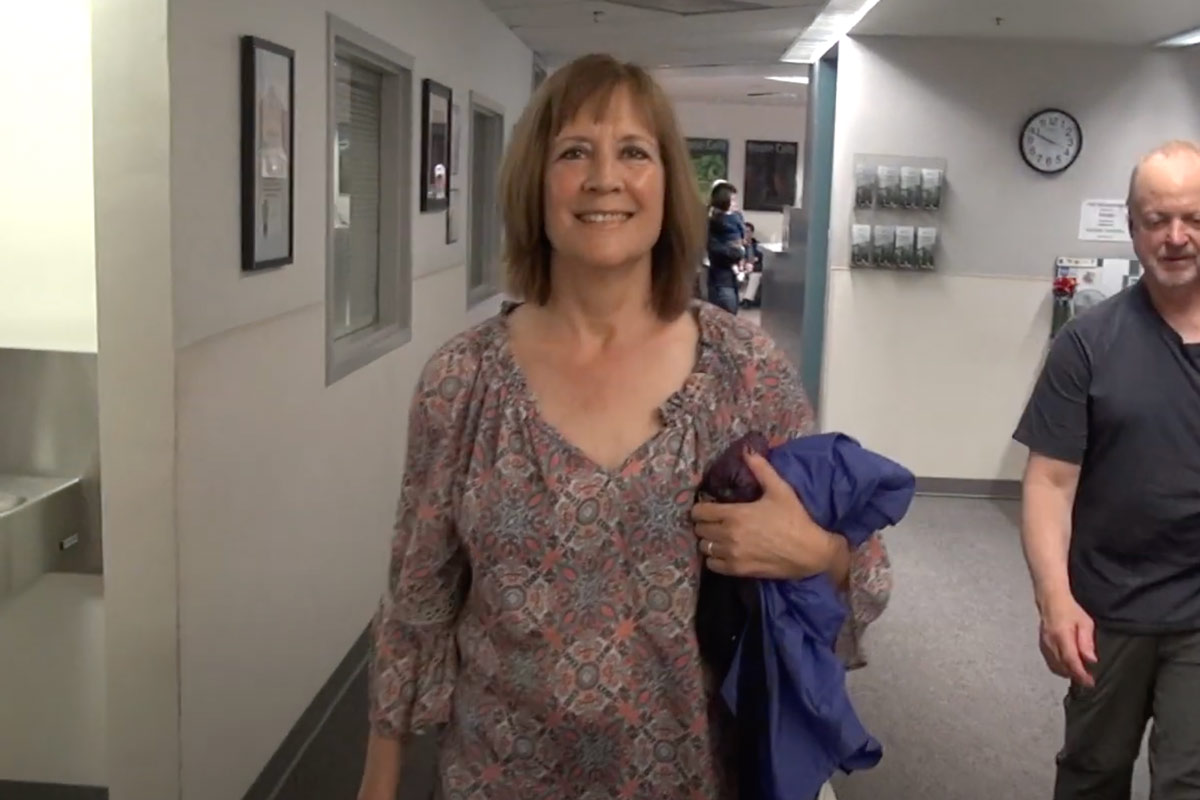
House Clinic patient Suzanne Trimble shares her story on dealing with an acoustic neuroma in her right inner ear canal. Her treatment involved surgery from Dr. Wilkinson and Dr. Lekovic.
Read More
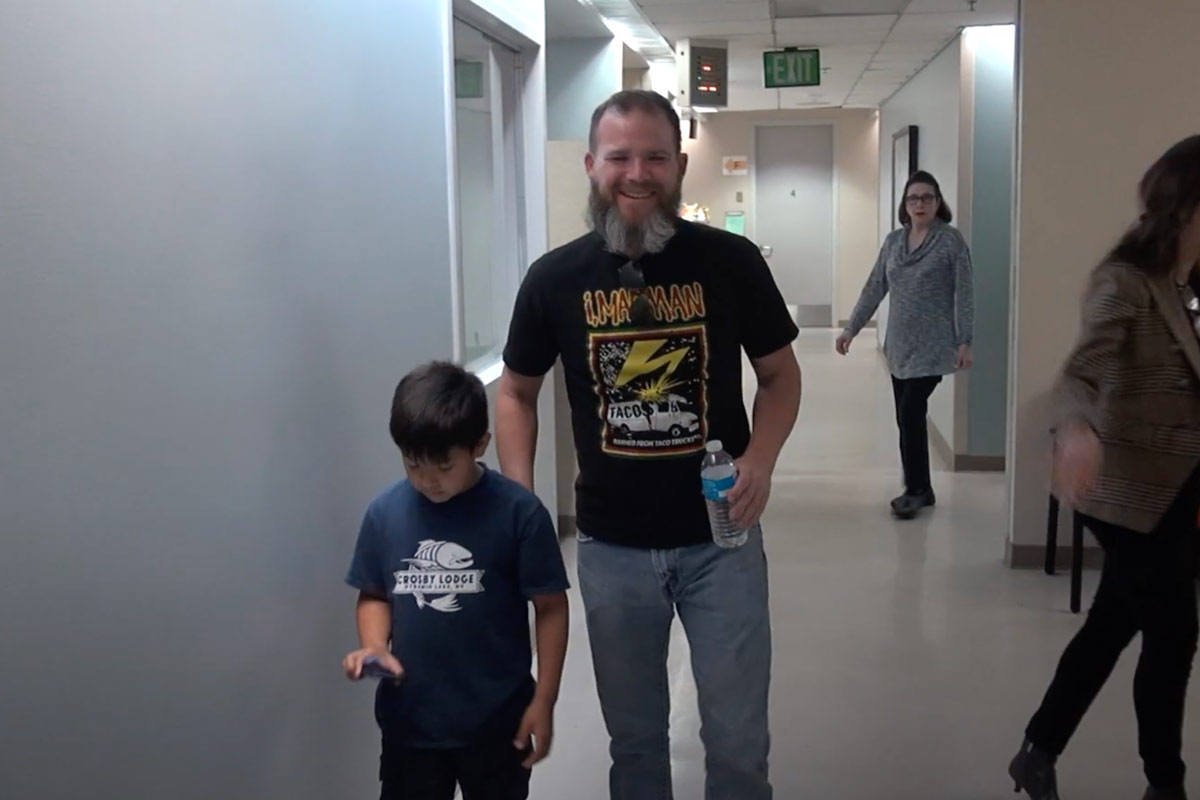
Story of HEI acoustic neuroma patient Dustin Saunders. Dustin, a forty-year old patient, had been suffering from ear aches, tinnitus, and deafness for approximately ten years and was initially told…
Read More
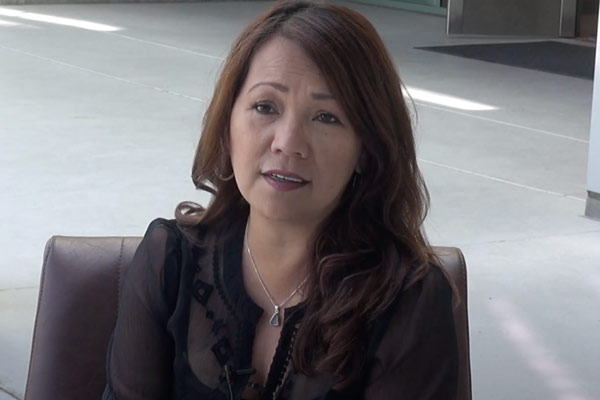
House Clinic patient Janice Talmage shares her story on dealing with an acoustic neuroma in her right inner ear canal. Her treatment involved surgery from Dr. Slattery and Dr. Lekovic.
Read More
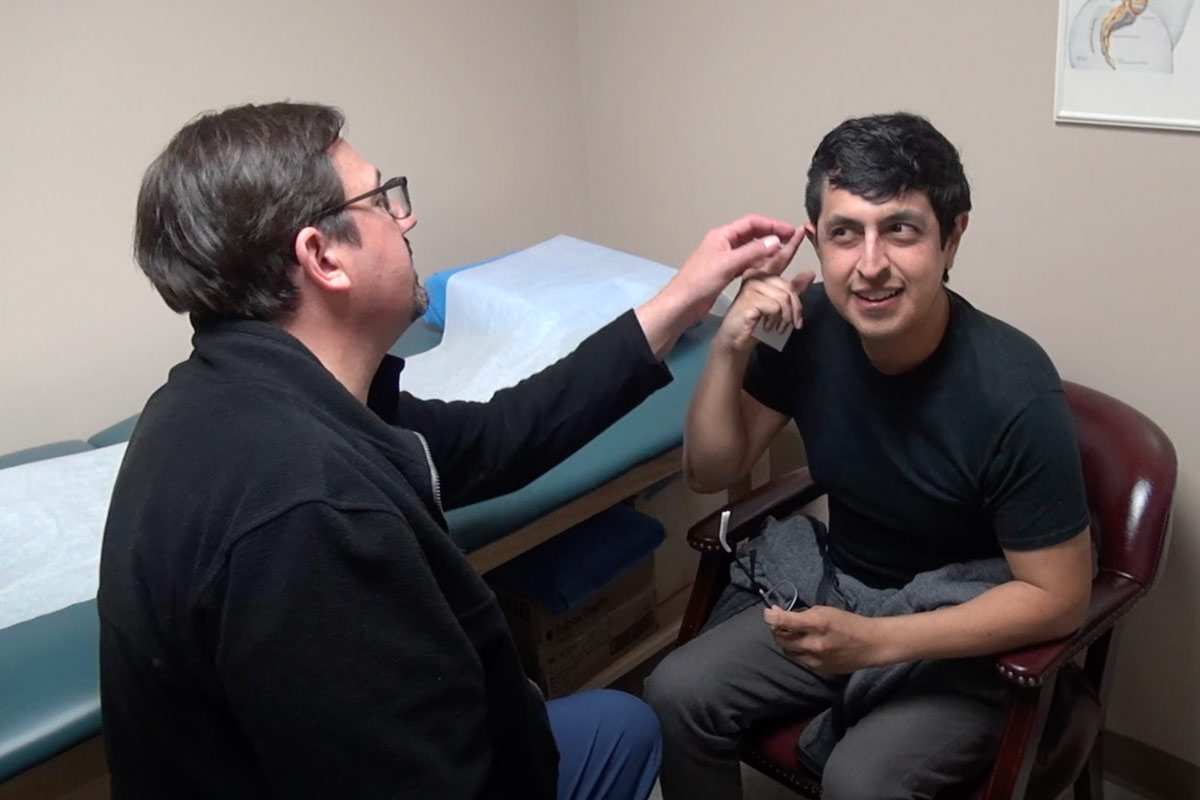
My name is Bobby Gulrajani and I’m a 36-yr old audio engineer/video editor from Los Angeles. I’d like to use this opportunity to sincerely thank Dr. Derald Brackmann, Dr. Gregory…
Read More
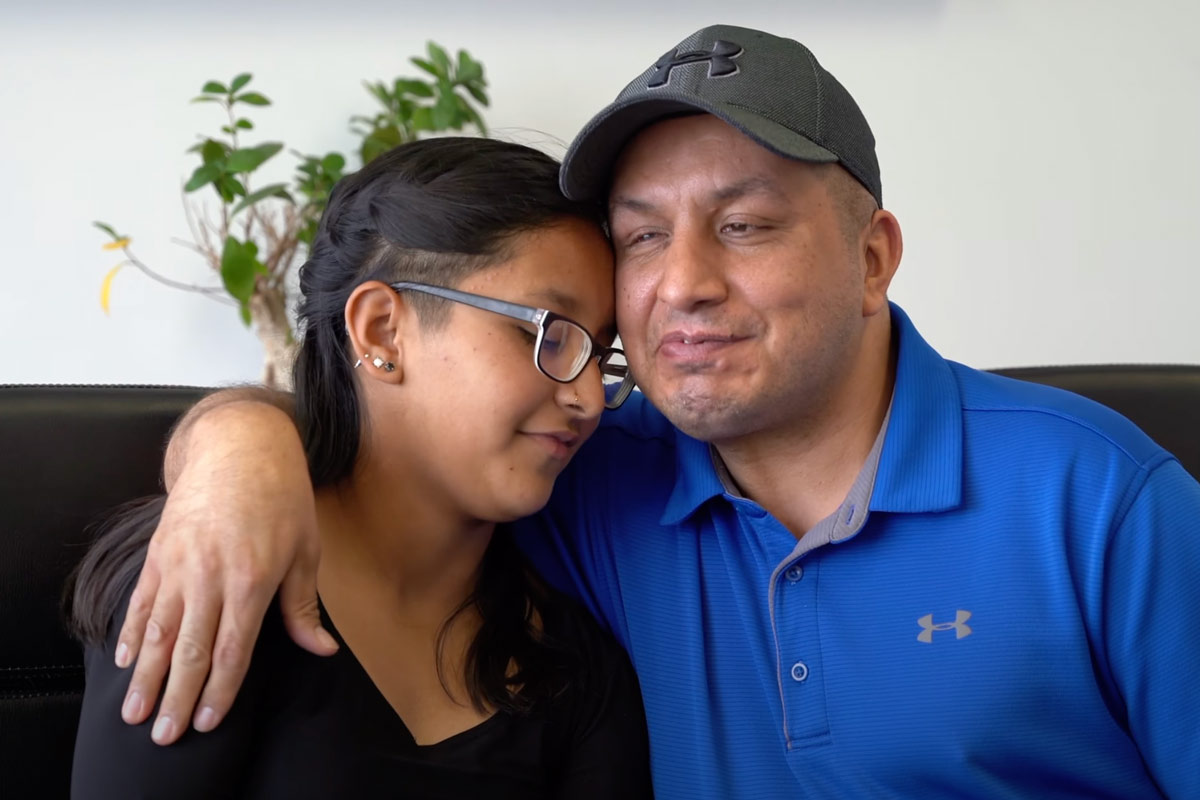
This is one of our most unique and memorable stories captured on video—Fighting NF2: The Salazar Family Success Story. NF2 is a rare genetic disorder that causes tumors to grow…
Read More
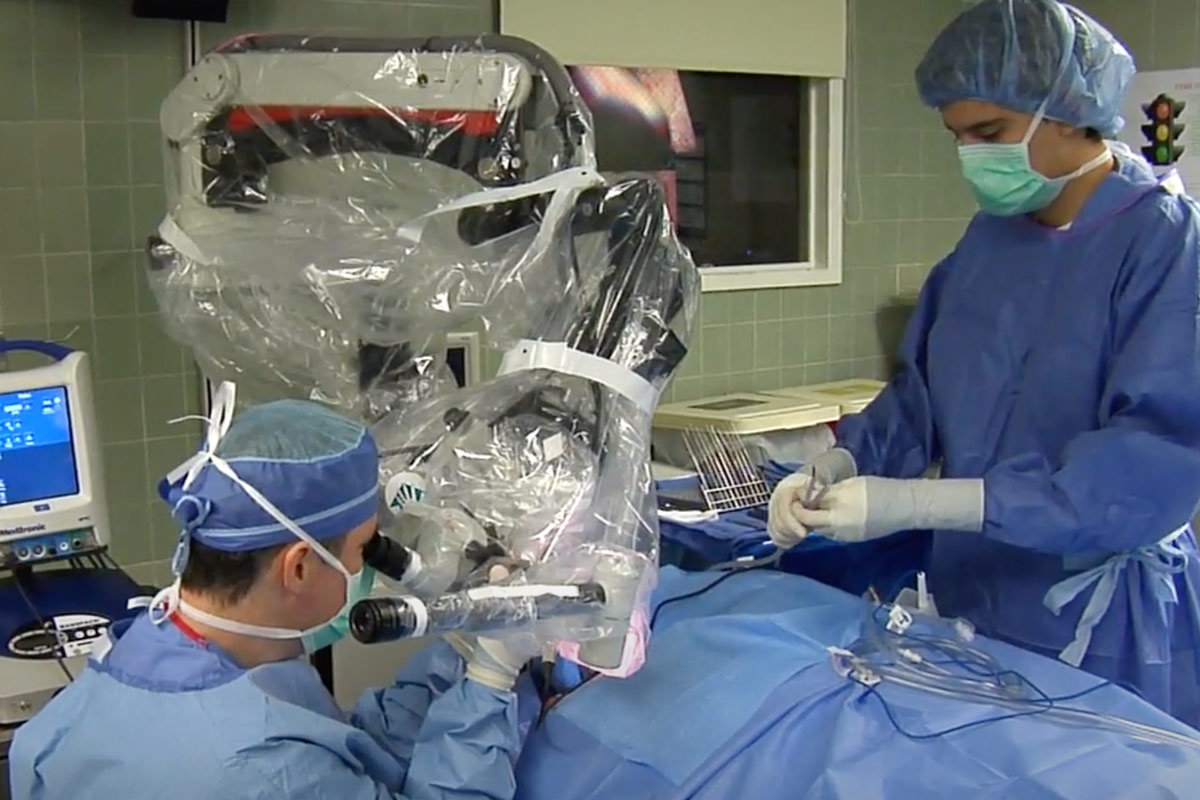
This video shows what a typical week is like in the OR of House Ear Institute.
Read More

The auditory brainstem implant restores hearing by stimulating the brainstem directly (ie bypassing the ear, cochlea, and cochlear nerve. It is for patients who have no other hearing rehabilitation options-…
Read More
Vestibular schwannoma, also known as acoustic neuroma, is a non-cancerous tumor that develops on the vestibular nerve, which connects the inner ear to the brain. While these tumors are typically…
Read More
Do you experience the frustrating and often embarrassing facial spasms and twitches caused by hemifacial spasms? Characterized by involuntary, repetitive contractions of the muscles on one side of your face,…
Read More
Back pain is a common complaint that many people experience at some point in their lives. It can range from mild discomfort to debilitating agony, and it often gets worse…
Read More
Tinnitus is a common condition characterized by the perception of noise or ringing in the ears. This persistent auditory sensation can significantly impact a person's quality of life. While tinnitus…
Read More
Facial paralysis is a condition that results in the inability to move the muscles on one or both sides of the face. This can be a temporary or permanent condition,…
Read More
Recovering from a craniotomy, a surgical procedure where a bone flap is temporarily removed from the skull to access the brain can be a challenging time for patients and their…
Read More
Involuntary spasms and movements that affect parts of your face can be indicative of underlying medical conditions like hemifacial spasms and blepharospasm. Both conditions involve involuntary muscle contractions, but they…
Read More
If you or a loved one have ever experienced neurological symptoms like seizures, severe headaches, or even subtle cognitive changes, you may be dealing with cavernous malformation. This is a…
Read More
